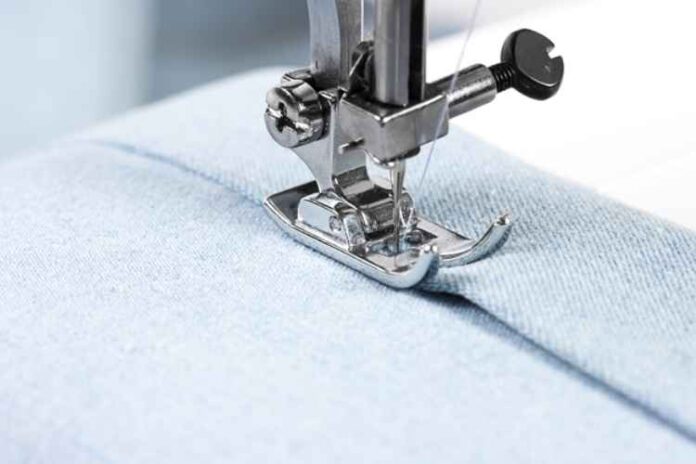Take a look at the clothing you’re wearing. The straight, even stitches, careful construction, and affordable price tag are no accident. In fact, they are the rest of hundreds of years of technological innovation in action!
How on earth did we get here? We have industrialization to thank for automating processes that a seamstress once had to labor over! The best sewing machines make sewing clothes a simple, efficient process – but how do they really work?
We’ve created this guide to explain the evolution of the modern sewing machine. Keep reading to learn more about how sewing machines transformed the garment industry for good!
Who Invented Sewing Machines?
Like many of the world’s greatest inventions, sewing machines weren’t created by a single innovator. They began to appear on the scene during a period of great change. The rise of electricity ensured that the machines would continue to evolve, and they’re still changing today.
Long before there were proper sewing machines, there were machines like the Spinning Jenny, which helped artisans weave textiles faster. These mechanisms would inspire similar inventions for joining textiles. The sewing machine was the natural next step in the evolution of these devices.
It wouldn’t be until the early 1800s that inventors began to work on machines that could sew. Barthélemy Thimonnier may have created the first commercially successful sewing machine in 1829. The French government used it to assemble military uniforms, but it would still be some time before machines could handle a small task like affixing a military patch.
How Do Sewing Machines Work Today?
In 1842, John Greenough registered a patent for a sewing machine in America. Elias Howe improved Greenough’s patent in 1845, making sewing machines practical for the first time. Howe’s machine was also the first to use two threads.
It would still be a few decades before sewing machines became affordable enough for home use. Today, they’re one of the best hobbies for anyone interested in fashion and crafts. They’ve also transformed the apparel industry, making fast fashion possible.
Today, electric motors power sewing machines. All types of sewing machines use the same basic mechanisms, however.
Foremost, modern machines use pulleys to control large handwheels. This simple arrangement of mechanisms controls a needle, which moves up and down. Meanwhile, unseen gears rotate a bobbin and shuttle.
A feeding mechanism guides fabric through the machine. As this happens, two threads, from the needle and the bobbin, pass through the fabric as it moves. A shuttle hook helps the needle thread and the bobbin thread to form even stitches, then locks them in place.
Most of this is invisible to us, as it happens beneath the fabric, and takes place very quickly!
The Inner Worlds of the Best Sewing Machines
You don’t need to know exactly how a sewing machine works to take advantage of this world-changing innovation! The best sewing machines continue to serve us every day. From factories and homes to community theatre costume shops, the humble sewing machine keeps the whole world clothed!
Are you obsessed with innovation? It doesn’t stop with the sewing machine! Check out the rest of the blog for more posts about all things technology, from the past to the future!








